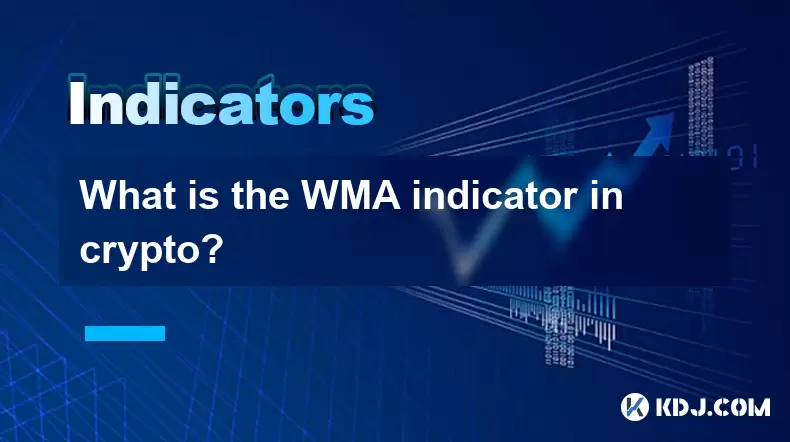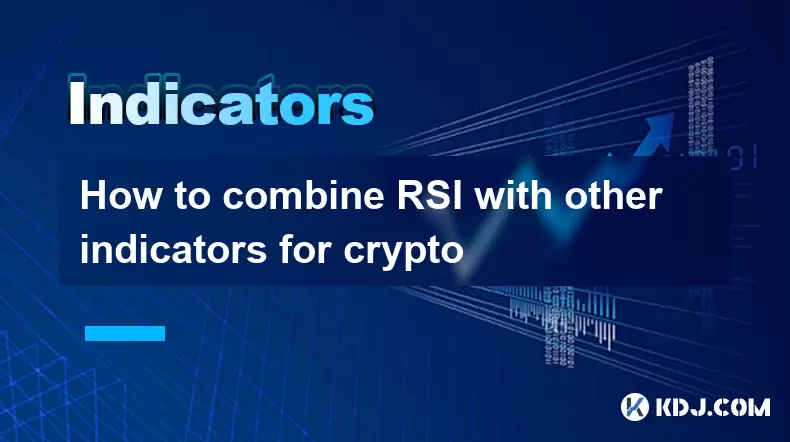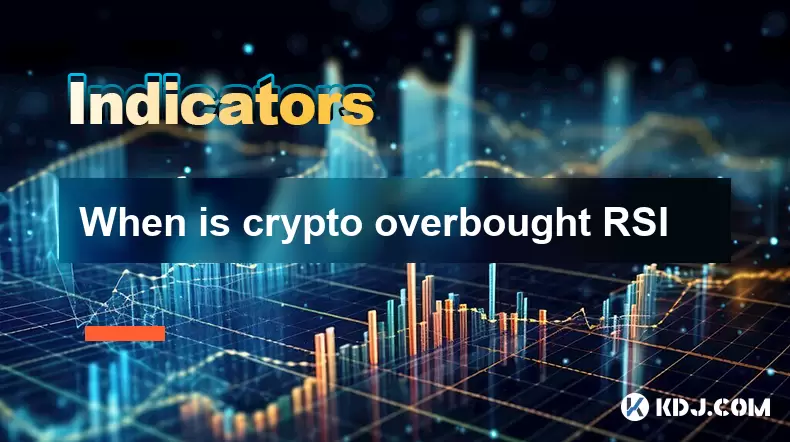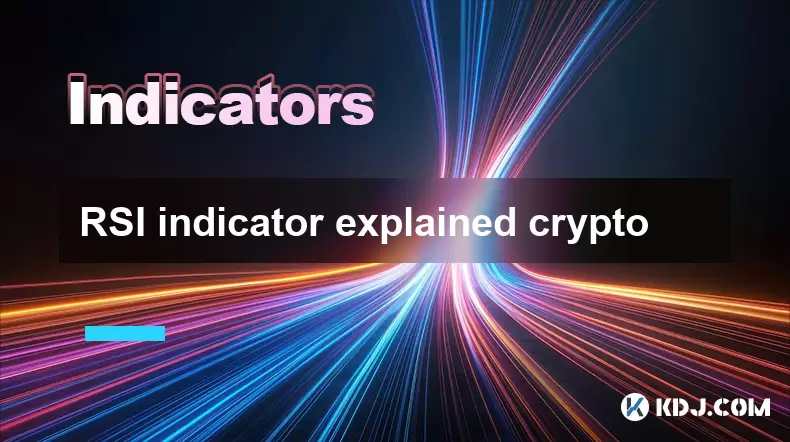-
 Bitcoin
Bitcoin $117,991.5647
-0.03% -
 Ethereum
Ethereum $2,966.4808
0.18% -
 XRP
XRP $2.8076
0.64% -
 Tether USDt
Tether USDt $1.0003
0.00% -
 BNB
BNB $689.9050
-0.63% -
 Solana
Solana $162.0407
-0.80% -
 USDC
USDC $0.9999
0.00% -
 Dogecoin
Dogecoin $0.1995
-1.51% -
 TRON
TRON $0.3001
-1.21% -
 Cardano
Cardano $0.7426
3.25% -
 Hyperliquid
Hyperliquid $47.7978
2.84% -
 Stellar
Stellar $0.4411
16.52% -
 Sui
Sui $3.4267
0.15% -
 Chainlink
Chainlink $15.3148
0.07% -
 Bitcoin Cash
Bitcoin Cash $506.5880
-1.91% -
 Hedera
Hedera $0.2222
12.41% -
 Avalanche
Avalanche $21.2049
1.67% -
 UNUS SED LEO
UNUS SED LEO $9.0606
-0.19% -
 Shiba Inu
Shiba Inu $0.0...01325
-0.86% -
 Toncoin
Toncoin $2.9979
0.32% -
 Litecoin
Litecoin $94.3717
1.13% -
 Polkadot
Polkadot $3.9873
-0.29% -
 Monero
Monero $336.1497
0.92% -
 Dai
Dai $0.9999
-0.01% -
 Uniswap
Uniswap $8.5189
-0.60% -
 Ethena USDe
Ethena USDe $1.0005
-0.04% -
 Pepe
Pepe $0.0...01236
-0.92% -
 Bitget Token
Bitget Token $4.4002
-0.23% -
 Aave
Aave $303.5433
1.05% -
 Bittensor
Bittensor $391.1314
-0.35%
What is the WMA indicator in crypto?
The Weighted Moving Average (WMA) helps crypto traders identify trends by emphasizing recent price data, offering timely signals in volatile markets.
Jul 13, 2025 at 02:56 am

Understanding the WMA Indicator in Crypto Trading
The Weighted Moving Average (WMA) is a technical analysis tool widely used in cryptocurrency trading to identify trends and price momentum. Unlike the Simple Moving Average (SMA), which assigns equal weight to all data points, the WMA gives more importance to recent price data. This makes the WMA more responsive to new information and potentially more effective in fast-moving crypto markets.
WMA helps traders filter out market noise and make informed decisions by smoothing out price fluctuations over a specified time period. It is especially useful in volatile markets like cryptocurrencies, where sudden price swings are common.
How the WMA Indicator Works
The WMA is calculated by multiplying each price data point by a weighting factor and then summing up the results. The weighting factor decreases linearly as the data gets older. For example, in a 5-period WMA, the most recent price is multiplied by 5, the previous one by 4, and so on until the oldest data point, which is multiplied by 1.
Here’s a breakdown of the calculation:
- Assign weights to each of the price data points
- Multiply each price by its corresponding weight
- Sum up all the weighted prices
- Divide the total by the sum of the weights
This method ensures that recent price movements have a greater impact on the indicator, making it more sensitive to current market conditions.
Using WMA in Cryptocurrency Trading Strategies
Traders often use the WMA to generate buy and sell signals. A common approach is to compare two WMA lines of different periods. For instance, a short-term WMA crossing above a long-term WMA may indicate a bullish trend, while the opposite suggests a bearish trend.
Some strategies include:
- Crossover strategy: Using two WMA lines (e.g., 10-period and 30-period) to spot trend reversals
- Support and resistance identification: WMA lines can act as dynamic support or resistance levels
- Momentum confirmation: When the price is consistently above a rising WMA, it confirms bullish momentum
These strategies are particularly useful in crypto markets where trends can emerge and reverse quickly due to high volatility and news-driven events.
Advantages of WMA Over Other Moving Averages
Compared to other moving averages like the Simple Moving Average (SMA) and Exponential Moving Average (EMA), the WMA offers distinct advantages:
- Greater responsiveness: Because it assigns more weight to recent prices, WMA reacts faster to price changes
- Better accuracy in trending markets: WMA lines tend to stick closer to the actual price than SMA lines
- Customizable sensitivity: Traders can adjust the number of periods to suit their trading style and time frame
These benefits make the WMA a preferred choice for many crypto traders who rely on timely signals in a fast-paced environment.
How to Set Up WMA on Trading Platforms
Most modern trading platforms support the WMA indicator and allow users to customize its settings. Here’s how you can add and configure WMA on popular platforms like TradingView or Binance:
- Open your preferred trading chart
- Click on the indicators or studies section
- Search for “Weighted Moving Average”
- Select the desired period (e.g., 10, 20, 50)
- Choose the color and line style for better visibility
- Apply the indicator to the chart
Once set up, the WMA line will appear on the chart, helping you visualize trends and potential entry or exit points.
Common Misconceptions About the WMA Indicator
Despite its usefulness, there are some misconceptions about the WMA that traders should be aware of:
- WMA is not a standalone indicator: It works best when combined with other tools like RSI or MACD
- It doesn’t predict future prices: WMA is based on historical data and reflects past performance
- It can generate false signals in sideways markets: Like all moving averages, WMA may lag or give misleading signals in ranging conditions
Understanding these limitations can help traders avoid over-reliance on WMA and make more balanced decisions.
Frequently Asked Questions
Q: Can WMA be used for day trading in crypto markets?
Yes, WMA is suitable for day trading due to its sensitivity to recent price changes. Traders often use shorter time frames like 5 or 10 periods for intraday strategies.
Q: How does WMA differ from EMA in crypto trading?
While both WMA and EMA emphasize recent prices, WMA uses a linearly decreasing weight, whereas EMA applies a smoothing factor that gives exponentially decreasing weights to older prices.
Q: Is WMA effective in highly volatile crypto markets?
WMA can be effective but may produce more false signals during extreme volatility. Combining it with volatility indicators like Bollinger Bands can enhance its reliability.
Q: Can I combine WMA with volume indicators for better results?
Absolutely. Using WMA with volume indicators like On-Balance Volume (OBV) or Volume Weighted Average Price (VWAP) can provide stronger confirmation of trend strength and reversals.
Disclaimer:info@kdj.com
The information provided is not trading advice. kdj.com does not assume any responsibility for any investments made based on the information provided in this article. Cryptocurrencies are highly volatile and it is highly recommended that you invest with caution after thorough research!
If you believe that the content used on this website infringes your copyright, please contact us immediately (info@kdj.com) and we will delete it promptly.
- XRP, SEC Appeal, Bitcoin & Ethereum: A Crypto Crossroads
- 2025-07-13 14:50:12
- Bitcoin Hypergrowth: Riding the Crypto Price Wave Like a Pro
- 2025-07-13 14:30:11
- Meme Coins, Arctic Pablo, and ROI: Riding the Crypto Wave
- 2025-07-13 14:30:11
- Pump.fun, Memecoins, and Funding Frenzy: What's the Deal?
- 2025-07-13 14:50:12
- BlockDAG's Presale Frenzy: A 3025% Return Opportunity?
- 2025-07-13 14:55:12
- BlockDAG Presale Heats Up: Is a 3000% Gain on the Horizon?
- 2025-07-13 15:10:12
Related knowledge

Advanced RSI strategies for crypto
Jul 13,2025 at 11:01am
Understanding the Basics of RSI in Cryptocurrency TradingThe Relative Strength Index (RSI) is a momentum oscillator used to measure the speed and chan...

Crypto RSI for day trading
Jul 12,2025 at 11:14am
Understanding RSI in the Context of Cryptocurrency TradingThe Relative Strength Index (RSI) is a momentum oscillator used to measure the speed and cha...

Crypto RSI for scalping
Jul 12,2025 at 11:00pm
Understanding RSI in the Context of Crypto TradingThe Relative Strength Index (RSI) is a momentum oscillator widely used by traders to measure the spe...

How to combine RSI with other indicators for crypto
Jul 12,2025 at 08:35am
Understanding the Role of RSI in Crypto TradingThe Relative Strength Index (RSI) is a momentum oscillator that measures the speed and change of price ...

When is crypto overbought RSI
Jul 12,2025 at 11:22am
Understanding RSI in Cryptocurrency TradingThe Relative Strength Index (RSI) is a momentum oscillator used to measure the speed and change of price mo...

RSI indicator explained crypto
Jul 11,2025 at 03:28pm
Understanding the RSI Indicator in Cryptocurrency TradingThe Relative Strength Index (RSI) is a momentum oscillator commonly used by cryptocurrency tr...

Advanced RSI strategies for crypto
Jul 13,2025 at 11:01am
Understanding the Basics of RSI in Cryptocurrency TradingThe Relative Strength Index (RSI) is a momentum oscillator used to measure the speed and chan...

Crypto RSI for day trading
Jul 12,2025 at 11:14am
Understanding RSI in the Context of Cryptocurrency TradingThe Relative Strength Index (RSI) is a momentum oscillator used to measure the speed and cha...

Crypto RSI for scalping
Jul 12,2025 at 11:00pm
Understanding RSI in the Context of Crypto TradingThe Relative Strength Index (RSI) is a momentum oscillator widely used by traders to measure the spe...

How to combine RSI with other indicators for crypto
Jul 12,2025 at 08:35am
Understanding the Role of RSI in Crypto TradingThe Relative Strength Index (RSI) is a momentum oscillator that measures the speed and change of price ...

When is crypto overbought RSI
Jul 12,2025 at 11:22am
Understanding RSI in Cryptocurrency TradingThe Relative Strength Index (RSI) is a momentum oscillator used to measure the speed and change of price mo...

RSI indicator explained crypto
Jul 11,2025 at 03:28pm
Understanding the RSI Indicator in Cryptocurrency TradingThe Relative Strength Index (RSI) is a momentum oscillator commonly used by cryptocurrency tr...
See all articles

























































































